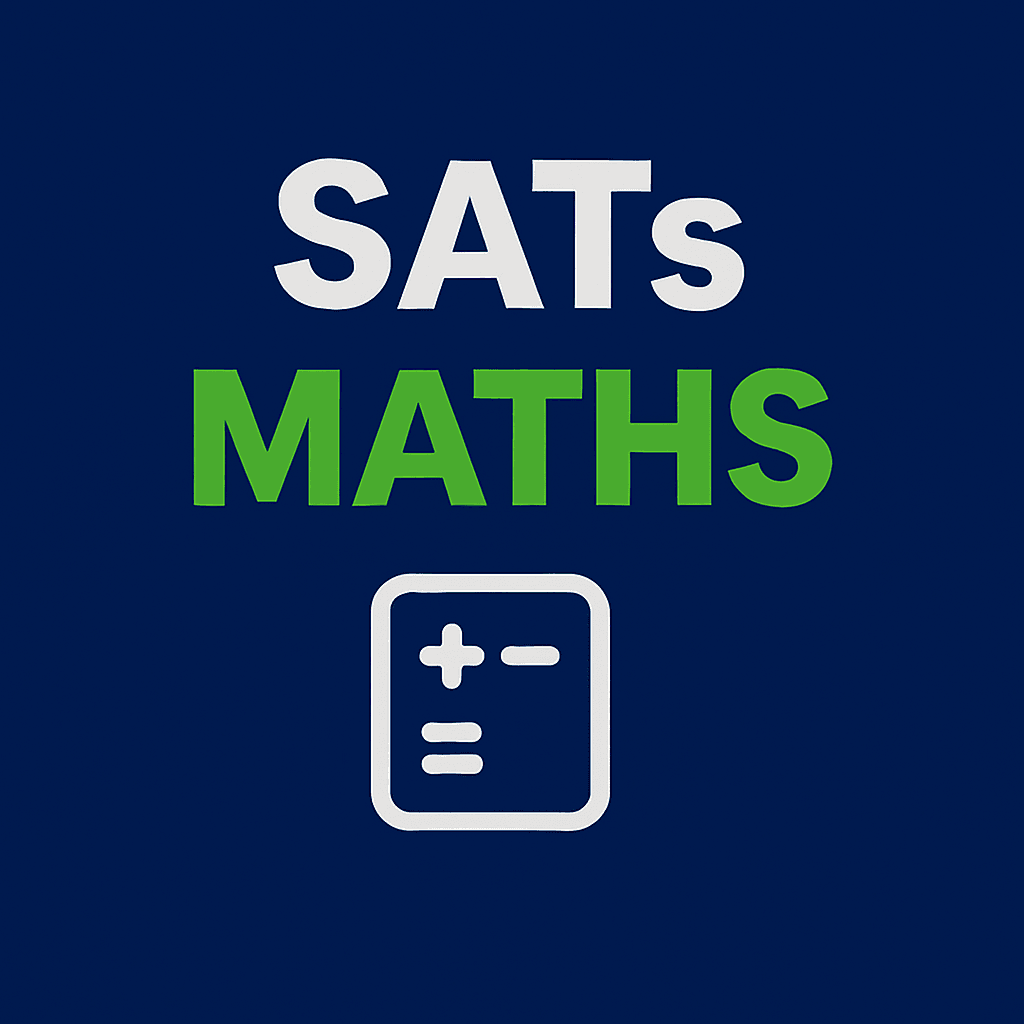Table of Contents
ToggleStatistics and Probability: Correlation and Regression Analysis
What Is Correlation?
Correlation measures the strength and direction of a linear relationship between two variables. It is commonly denoted as ![]() and can range from
and can range from ![]() to
to ![]() , where:
, where:
 indicates a perfect positive correlation,
indicates a perfect positive correlation, indicates a perfect negative correlation,
indicates a perfect negative correlation, indicates no linear relationship.
indicates no linear relationship.
Types of Correlation
Positive Correlation
A positive correlation occurs when both variables increase or decrease together. For example, as the number of hours studied increases, test scores tend to increase as well.
Negative Correlation
A negative correlation occurs when one variable increases while the other decreases. For example, as the amount of time spent on social media increases, grades may decrease.
No Correlation
No correlation occurs when there is no discernible relationship between the two variables. For example, the number of hours spent playing a video game and shoe size may have no correlation.
What Is Regression Analysis?
Regression analysis is a statistical method used to examine the relationship between two or more variables. It allows us to model and make predictions based on the data. The simplest form of regression analysis is linear regression, which models the relationship between a dependent variable ![]() and an independent variable
and an independent variable ![]() with a straight line.
with a straight line.
The equation for a straight-line regression is:
![]()
Where:
 is the dependent variable,
is the dependent variable, is the slope of the line,
is the slope of the line, is the independent variable,
is the independent variable, is the y-intercept.
is the y-intercept.
Fitting a Regression Line
To find the best-fit regression line, we use the least squares method, which minimizes the sum of the squared differences between the observed values and the predicted values. This method gives us the best possible values for ![]() (slope) and
(slope) and ![]() (intercept).
(intercept).
Applications of Correlation and Regression
Economics and Finance
In economics and finance, regression is used to predict trends in stock prices, sales, or demand based on various independent variables such as market conditions, interest rates, or consumer preferences.
Health and Medicine
Regression models can be used to predict the effects of a drug or treatment based on various factors, such as age, weight, or previous medical conditions.
Sports Analytics
In sports, correlation and regression are used to analyse player performance, team dynamics, and to predict future outcomes.
Example Problem
Problem: The number of hours studied and the test score for 10 students are as follows:
| Hours Studied (x) | Test Score (y) |
| 1 | 50 |
| 2 | 55 |
| 3 | 60 |
| 4 | 65 |
| 5 | 70 |
Find the equation of the regression line.
Solution:
Use the formula for linear regression to calculate the values of ![]() and
and ![]() . The steps include calculating the means of
. The steps include calculating the means of ![]() and
and ![]() , and using the least squares method to find the slope and intercept.
, and using the least squares method to find the slope and intercept.
Common Mistakes in Correlation and Regression
- Misinterpreting Correlation: Correlation does not imply causation. A strong correlation does not necessarily mean one variable causes the other.
- Overfitting a Regression Model: Be careful not to make a model too complex, as it might fit the training data perfectly but fail to predict new data accurately.
- Ignoring Outliers: Outliers can have a significant impact on the regression line and correlation, so it is important to analyse them carefully.
Practice Questions
- Calculate the correlation coefficient for the following data:
| 1 | 2 |
| 2 | 4 |
| 3 | 6 |
| 4 | 8 |
- A student has a test score of 70. Using the regression equation
 , predict the number of hours the student studied.
, predict the number of hours the student studied. - Calculate the least squares regression line for the following data set:
| 1 | 3 |
| 2 | 6 |
| 3 | 9 |
Skinat Tuition | Personalized Learning for Maths, English, and Science Success.


